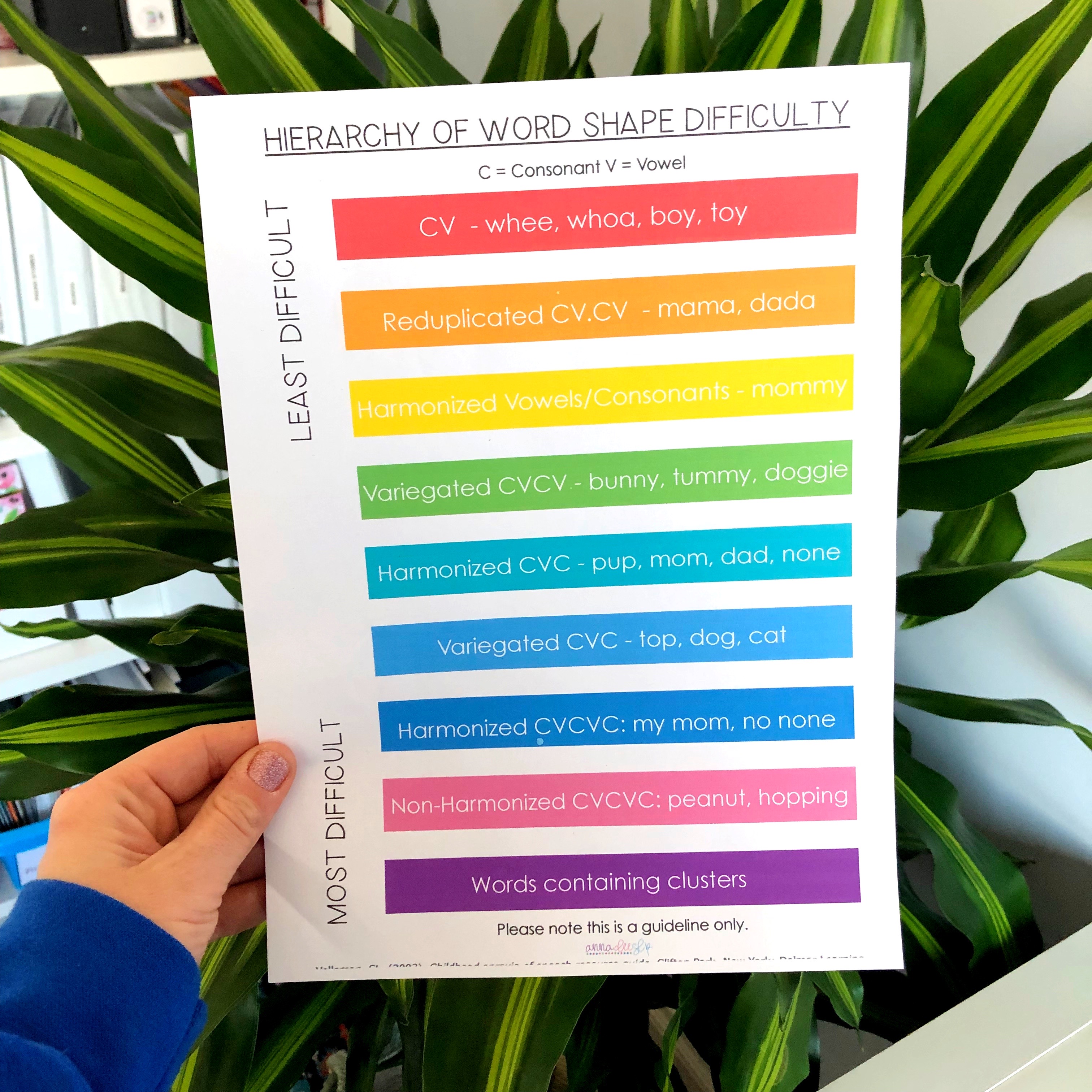Fun Apraxia of Speech Activities That Build Repetition

Okay, real talk: kids with apraxia don’t make progress by just sitting there listening to us say the words. Nope. They have to actually say them—over and over again—for those little motor plans to start sticking.
Think of it like learning to ride a bike. You can watch someone pedal for hours, but until you hop on and wobble your way through it yourself (probably a dozen times 😅), your brain and body won’t figure it out.
Same goes for speech. Listening matters, sure—but the real magic happens in the active practice. That’s why in apraxia therapy, repetition is non-negotiable.
Why Kids Need to Say the Words
Here’s the science-y bit (in simple words ☕️):
-
Kids with apraxia struggle with motor planning → their brains know what they want to say, but the “mouth muscles” don’t always follow.
-
Hearing isn’t doing. Just like watching TikToks doesn’t make you a dancer (I’ve tried 🙈), hearing words doesn’t create speech motor pathways.
-
Active repetition = progress. Every single correct production helps refine the plan.
So the goal in therapy? Get as many correct productions as possible.
How Many Times Do They Need to Repeat?
A lot. More than feels natural at first. We’re talking dozen - ssometimes even hundreds of productions.
Don’t panic though! It doesn’t have to be boring or drill-sergeant-y. Repetition can actually be fun (promise). It’s all about sneaking those repetitions into games, play routines, and little challenges that keep kids engaged.
Remember - you also need to incorporate Principles of Motor Learning into your therapy. Repetition is just a part of it. More on that in weeks to come!
Fun Apraxia of Speech Activities That Build Repetition
Here are some of my favorite ways to make repetition doable (and even exciting!):
🎴 1. Drill Cards That Don’t Feel “Drilly”
My Apraxia of Speech Drill Cards are a lifesaver when it comes to early word shapes (CV, VC, VCV, CVCV). Instead of just flipping them like flashcards, turn them into games:
-
Card towers → say it 5 times before stacking it on the tower.
-
Card hunt → hide them around the room, each find = 3–5 repetitions.
-
Spin & say → spin a spinner or roll dice to decide how many times to say the word.
👉 Peek at the full Apraxia Drill Card set here
2. Pair Words With Actions
Linking movement + speech is a game changer. Some ideas:
-
Clap, stomp, or jump with each repetition
-
Roll a ball back and forth while saying the target word
-
“Up” = lift arms, “go” = run forward, “in” = drop a toy in a bin
The action keeps kids engaged, and the speech practice keeps stacking.
3. Grab-and-Go Freebie for Quick Bursts
Sometimes you just need something simple. That’s why I made my FREE CVC BOOM drill cards. They’re perfect for:
-
Warm-ups at the start of a session
-
Transition fillers (when attention is waning)
-
Quick parent-friendly practice at home
✨ Download your free BOOM CARDS here
Coaching Parents (Because They’ll Ask 😉)
Parents often wonder: “Can’t my child just listen to me say the word?”
Here’s the answer I give:
-
Nope—listening isn’t enough. They’ve got to say it out loud.
-
Short & sweet works best. 1–2 minutes of 10–20 repetitions is better than a long, frustrating block.
-
Daily life = therapy gold. Snack time (“bite”), bathtime (“up”), playground (“go”).
-
Accurate productions are the goal. Fewer correct productions is better than lots of incorrect productions,
Building Word Shapes Step by Step
We don’t just throw kids into long, tricky words. Kids usually learn in progression from least to most complex (but not always!). Most kids follow this heirarchy- but not all! Work with what kids are successful with!
-
CV (e.g. go)
-
Reduplicated CVCV (e.g, mama)
-
Harmonized CVCV (e.g. mommy, daddy)
-
Variegated CVCV (e.g. bunny, tummy)
- Harmonized CVC (e.g. pup, mom)
- Variegated CVC (e.g. top, dog)
The Apraxia Drill Cards are include loads of words for each shape (and are functional words), so you’re never scrambling for targets.
👉 Explore the Apraxia Drill Cards here
You can also download my Apraxia Word Shape Hierarchy here!
Freebie + Full Set = Perfect Pair
Think of the CV/VCV Freebie as your starter kit. Try it out, send it home, keep it in your back pocket.
Then, when you’re ready for more variety and a full progression path, the Apraxia Drill Cards give you everything from VC to CVCV - ready to roll.
Grab your free BOOM cards here
Check out the Apraxia Drill Cards here
Get your Word Shape Hierarchy here
Wrapping It Up
Here’s the bottom line: in apraxia therapy, kids have to do the talking. Listening alone won’t cut it. Every repetition - even the wobbly, imperfect ones - is a step toward stronger motor planning and clearer words.
So pull out those cards, roll the dice, clap it out, and celebrate every single attempt. Because in this work, practice doesn’t just make perfect - practice makes progress. 💛
Let's stay connected!
Join the mailing list to receive updates with new freebies, promos, and specials!
Don't worry, your information will not be shared.
We hate SPAM. We will never sell your information, for any reason.





